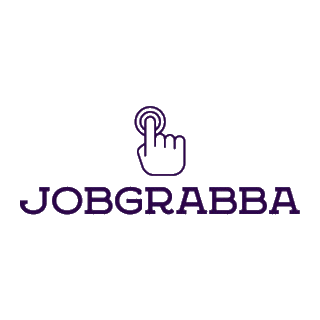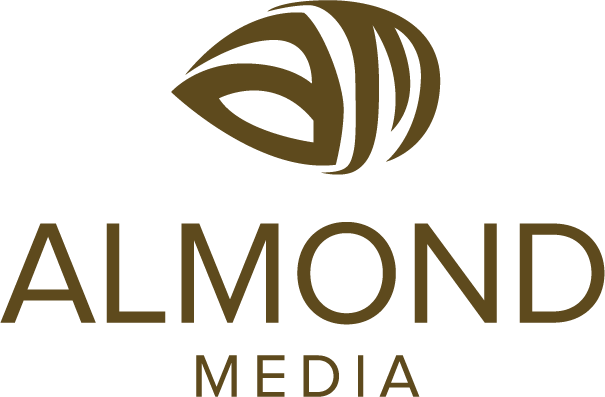 Inspiring new careers!
Inspiring new careers!
INTERVIEW RESOURCES / INTERVIEW PREP Q & A
CV Library is a great resource for the following:
Watch these 2 short videos to answer the following questions:
Three tips from Jobgrabba
Using the STAR Technique may help you at interviews and with interview preparation. So what is it?
STAR stands for:
Situation
Task
Action
Result
Each letter represents each step you can use to answer almost any interview question whether it’s retail, corporate or government.
This is particularly useful when the interviewer asks you behavioural or competency questions which are the most common type of question asked in 2019. Behavioural questions show how you act in a certain situation. These questions therefore are to determine how your past behaviour might influence your success in their company. What does a behavioural question look like?
Here’s are some examples of behavioural competency questions:
You’ll know it’s a behavioural question or competency question because they typically start with one of the following (but not always):
Providing enough detail to intrigue them is a good thing. Knowing when to stop is also a good thing, just enough info to make you look good is plenty.
Using the STAR method means you can answer the question comprehensively, accurately and succinctly enough to avoid waffling on. (Something I have frequently done in the past). Not to worry, that was then and this is now! I’ll explain what each section is below to help you understand how to implement this on a deeper level and ensure your answers are the best they can possibly be.
Situation - What was the situation? This is your chance to set the scene for the interviewer. Remember you are trying to give context to your answer. So, you only need to spend a couple of sentences on this.
For example, maybe you were working on a specific project, or had just received a piece of feedback from a client. Whatever it is, I recommend keeping this part short and snappy. That way you can focus on the later steps of Action and Result.
Task - Now that you have set the scene, it’s time to be specific. What was the task you had to do? The problem you had to overcome?
You will want to keep this specific but also relevant to the job you’re applying for. Would this be a situation you would have to face in this new role? That counts. Does this task show your leadership or technical skills that would useful in this new role? That counts too.
Action - Here’s where you can really shine. What did you do to fix the task, overcome the problem, or find the solution? Whatever it is, this is where you can go into specifics.
It’s important to not make it all about you. If you did this as part of a team, acknowledge and credit them. Your teamwork skills and willingness to acknowledge others is much more impressive to a recruiter than you single handily fixing everything (unless you actually did, then kudos).
You can talk at length about the steps you took, the challenges you faced and any specific skills you used. Remember: this, along with the RESULT portion, should make the bulk of your answer.
Make sure these actions are ones that are relevant or can be repeated in this new role. That way, the interviewer can easily see the skills you can potentially replicate in their workplace.
Result - Now for the conclusion - The wrap-up. What was the result? Here is where you need to be specific, including essential numbers and figures if you can. Think along the lines of “because of this sales went up by 10%”.
Remember this needs to relate directly to the actions you and your team took in the previous step. The result should always have a positive impact and helped solve the situation highlighted earlier.
You can also include what you learned from the experience and show points where you would improve or do things differently. This would impress the interviewer by showing thought and a desire to improve.
WHY IS THE S.T.A.R TECHNIQUE SO GREAT
There are a lot of pros to using the STAR technique in an interview. It’s an easy to remember acronym that will give you a well-structured and comprehensive answer every time. You’ll have the answers ready before they even ask. The down side is, if it sounds too rehearsed, the interviewer may tune out. Mix it up a bit by showing your personality, show them who you are and what you're capable of. Put yourself in their shoes.
COMMON CLOSING QUESTIONS FROM THE INTERVIEWER:
Why should we choose you?
What can you bring to the table?
Why do you want the job?
Do you have any more questions?
How much salary are you looking for?
To the last question, here you can ask:
“What is the salary range for this position?” Tell them you’d like to be at the higher end of the range or go for the top if you believe you have what it takes. Once they answer, if you see them twinge, you can add something like:
“The money is important of course but there are other things that equally attracted me to this position such as (benefits, working environment, the team, flexibility etc.)”
Then stop.
Don't forget to thank them for considering you and finish with something like "When do you anticipate making a decision?" or even better, "When can I expect to hear from you?".
We at Jobgrabba hope this helps you and let us know when you get that job. Good luck!

